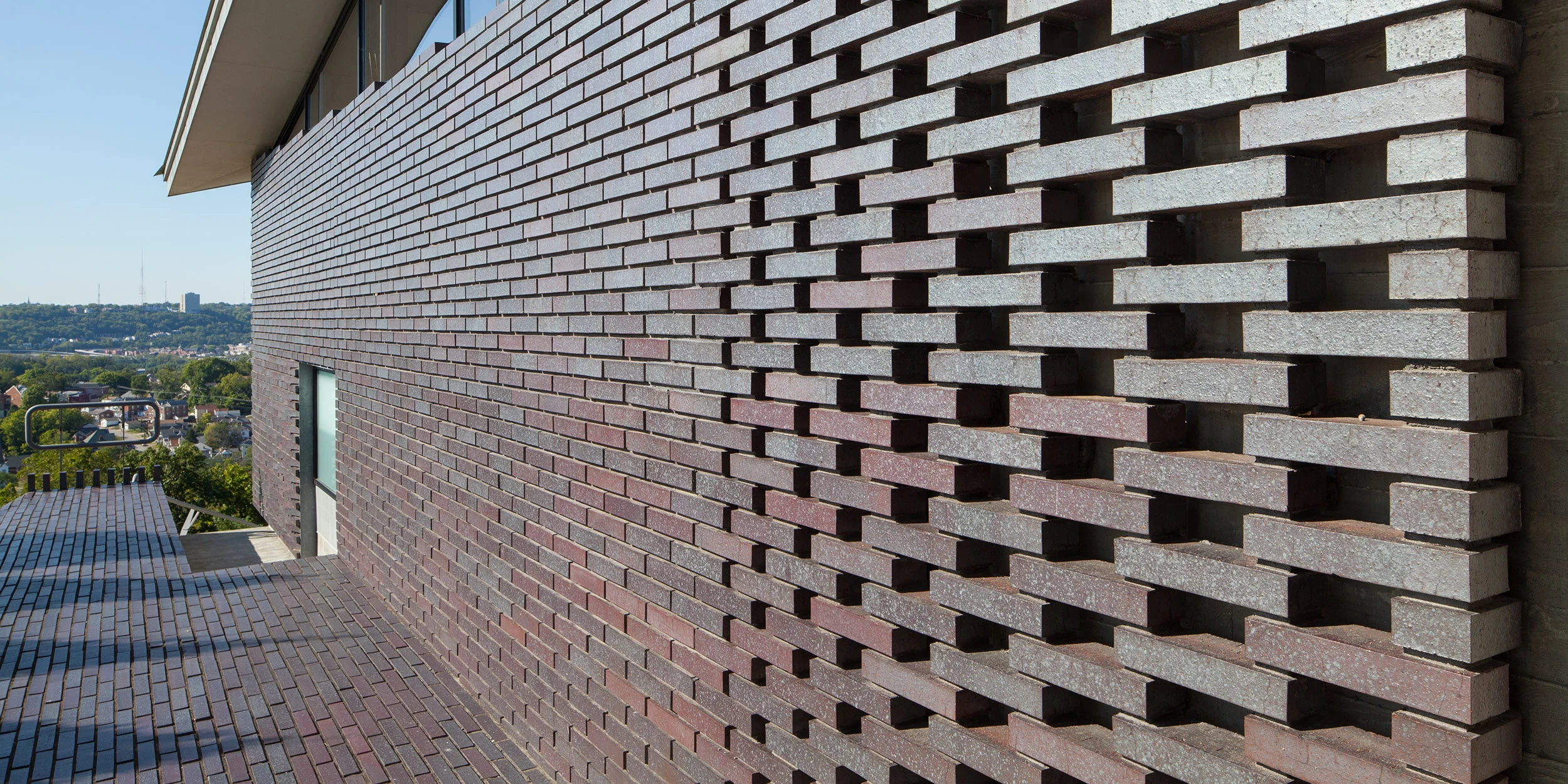Uncommon bonds
/In our last post we discussed several traditional bond patterns for brick masonry, and how the selection of bond pattern affects the look of a structure. These bond patterns came to be used so frequently over time that they were standardized with their own names, such as “running bond,” “stack bond,” and “Flemish bond.”
One of the many great things about brick is that creative designers can use it to achieve traditional looks, or something completely unexpected. Its design flexibility is unmatched by any other material, and it’s not just the myriad sizes, colors, and textures that make it such a great medium for innovative architects. It’s also the fact that brick masonry is a consolidation of many small units that gives the designer great freedom to play with the material’s pattern — or lack thereof.
Playfulness is clearly at work in the designs profiled in the photo collection below. The “contemporary bonds” (a catch-all term for patterns of brick that defy categorization) in use here often project brick beyond the wall’s face, skip individual brick units altogether to form brick screens, or simply avoid any real pattern at all. Others weave together combinations of brick sizes, colors, and orientations that appear random at first, but upon closer inspection reveal an intricate, repeating pattern.
Click the button below to learn more about the technical side of brick bonds and patterns, including how different mortar joint finishes impact the look and function of the selected bond.


































